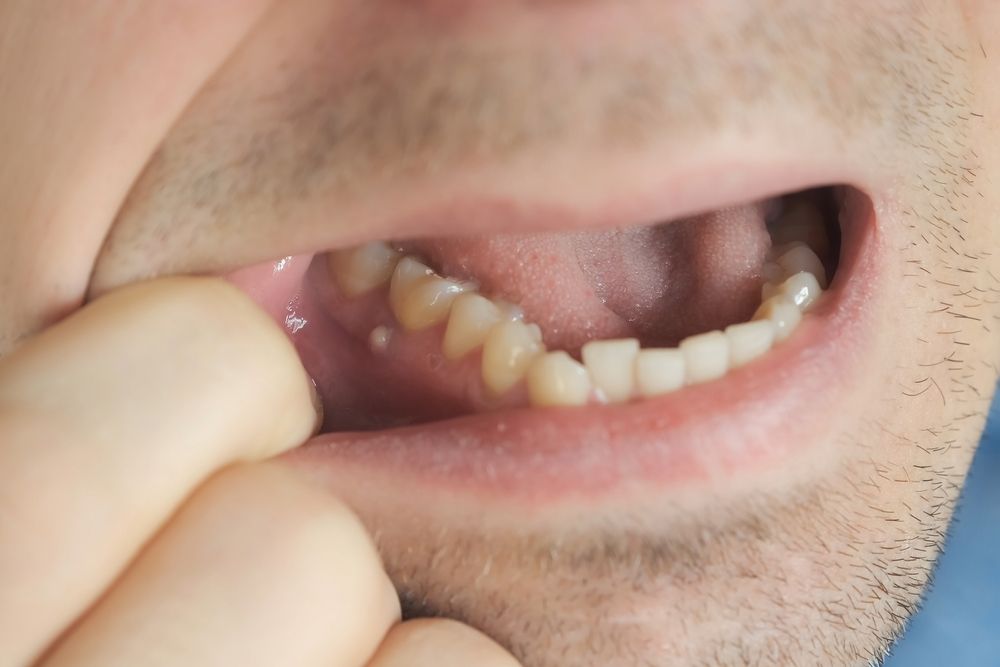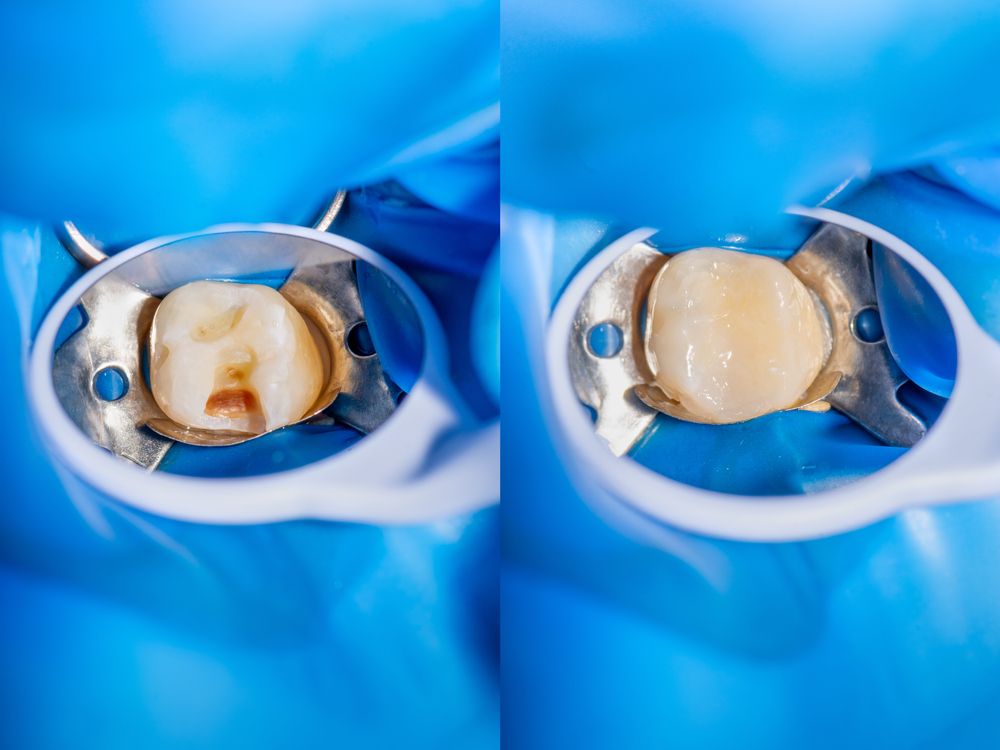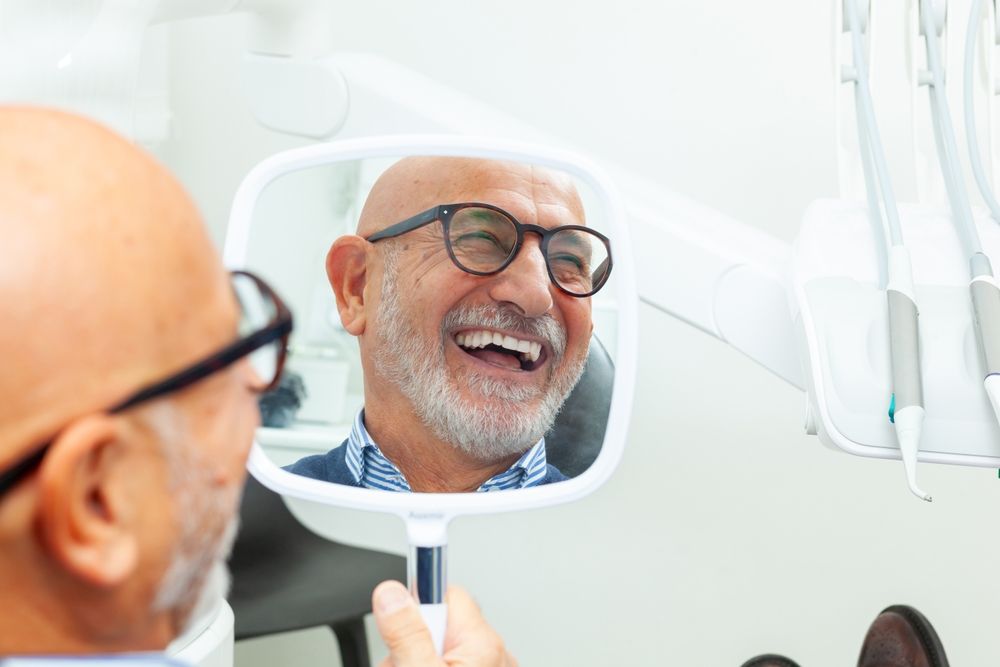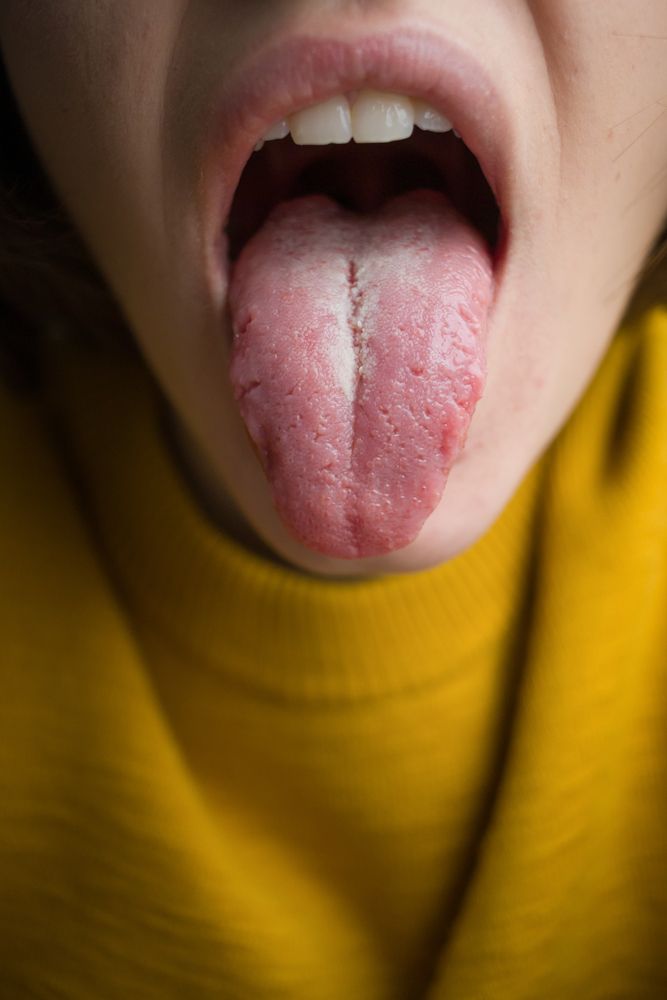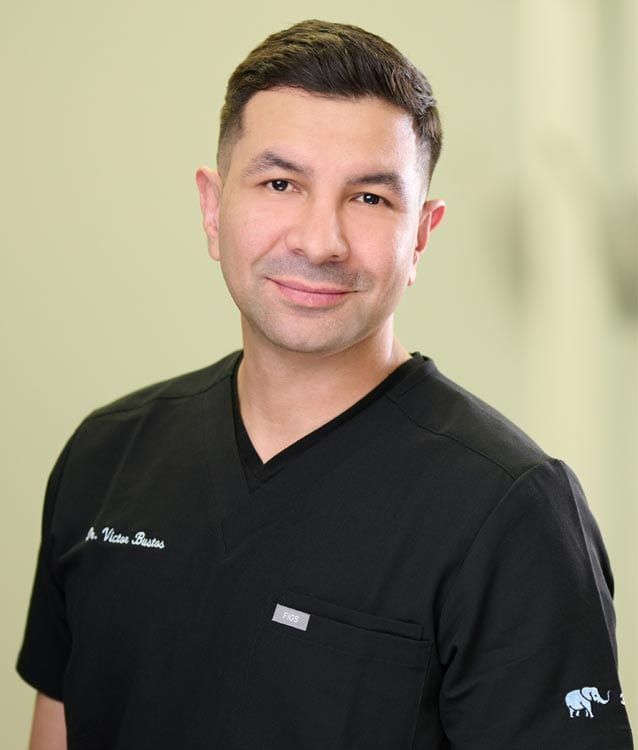There have been a lot of strange trends and challenges that have come out of the social media culture over these past few years. Some of them have been done for a good cause, and some are silly but harmless. Some of them, however, have led to people doing things that are dangerous or harmful to their health. DIY dental shaving is one of those concepts that fall under the last category. This trend encourages people to use tools like sandpaper and nail files to slowly grind away at their teeth. The goal is to create a smoother, more even, aesthetically pleasing smile.
How DIY Dental Shaving Puts Your Teeth At Risk
Dental shaving, or filing, is a practice that is actually among the effective treatments your dentist may use. However, it requires years of training and a fundamental understanding of dental anatomy to do it safely. Further, it’s rarely done on its own. When this procedure is performed at all, it’s done as part of a full treatment that is usually cosmetic in nature. In most cases, the enamel that’s removed is replaced with some form of restoration material. When done as part of a cosmetic dental procedure or to help oral health medically, it can be safe. When done by the untrained, it can lead to serious consequences that affect lifelong oral health. Consider the following:
- Housed within the hard outer enamel of our teeth are porous dentin and sensitive pulp. The enamel plays an essential role in protecting these materials. When we grind away the outer enamel, it won’t grow back, leaving our teeth unprotected.
- When the enamel protection has been thinned or removed, the nerves and pulp within our teeth can respond with pain. This pain can be quite excruciating and will need expensive treatments to address.
- Any seemingly positive effect achieved by DIY dental shaving is offset by the fact that it’s temporary. This is very common when conditions such as bruxism are present.
In some cases, your dentist may call for professional dental shaving. Dental restorations sometimes call for thin layers of the tooth to be shaved away. However, the amount removed is exact. This level of precision simply isn’t possible without the advanced equipment used by your dentist. In addition, certain bone and muscle disorders that affect the oral cavity may respond well to this procedure. TMJ disorders are one such example that sometimes responds well to dental shaving in a clinical environment.
Another example is a process known as occlusal equilibration that is used to help create a smooth bite. Shearing down the rear dental cusps help create an even bite that can ease muscular pain and spasms. Outside of these rare circumstances, it’s never a good idea to reduce the amount of enamel on the teeth.
Reach out To Your Dental Specialist For Additional Help
Speaking to your dentist can help you understand the dangers of DIY dental shaving. If you have a concern that you feel may be helped by dental shaving, ask them about it. They’ll be able to provide you guidance on when and how it is appropriate to perform this procedure.

